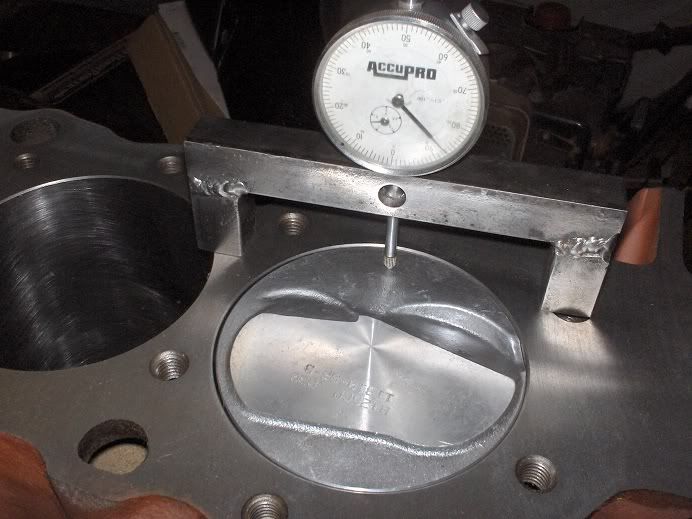I'm putting together a .030 over 454 with SpeedPro .95 domed pistons. The specs I've found online (not much noted on the box) say the dome is -13.80 cc. With the #1 piston installed, I'm getting a reading of about .012 below deck height on the piston.
My question is, for a street motor is it OK to leave the deck as is, or is it worth spending another $150.00 to have it decked to 0? I plan on using Edelbrock E street aluminum heads that are advertised at 110 cc rods and crank are stock.
Thanks,
Rich
My question is, for a street motor is it OK to leave the deck as is, or is it worth spending another $150.00 to have it decked to 0? I plan on using Edelbrock E street aluminum heads that are advertised at 110 cc rods and crank are stock.
Thanks,
Rich






